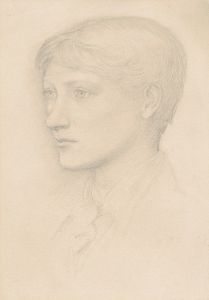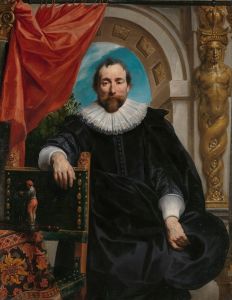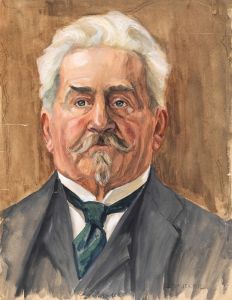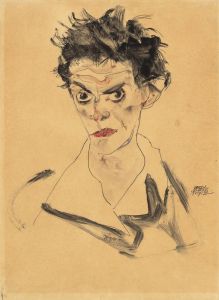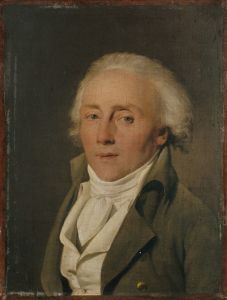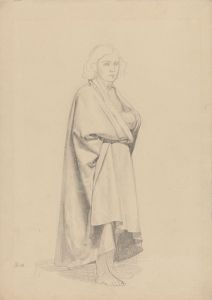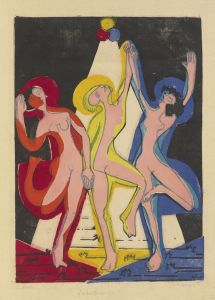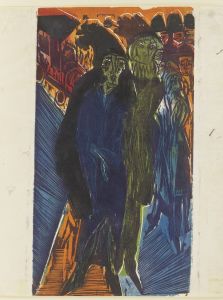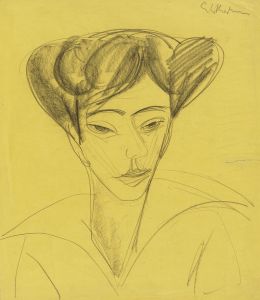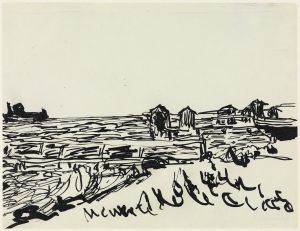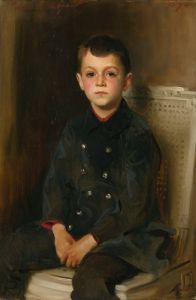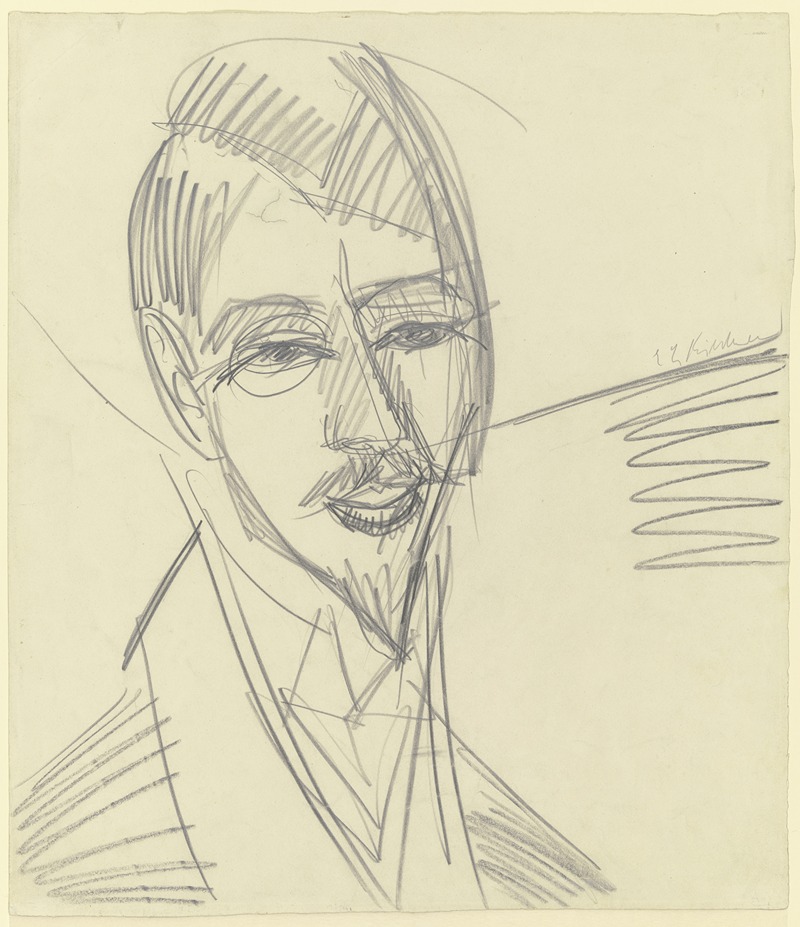
Portrait of Alfred Döblin
A hand-painted replica of Ernst Ludwig Kirchner’s masterpiece Portrait of Alfred Döblin, meticulously crafted by professional artists to capture the true essence of the original. Each piece is created with museum-quality canvas and rare mineral pigments, carefully painted by experienced artists with delicate brushstrokes and rich, layered colors to perfectly recreate the texture of the original artwork. Unlike machine-printed reproductions, this hand-painted version brings the painting to life, infused with the artist’s emotions and skill in every stroke. Whether for personal collection or home decoration, it instantly elevates the artistic atmosphere of any space.
The painting Portrait of Alfred Döblin was created by the German Expressionist artist Ernst Ludwig Kirchner in 1912. This work is a striking example of Kirchner's distinctive style, characterized by bold colors, angular forms, and dynamic compositions. The portrait depicts Alfred Döblin, a prominent German novelist and essayist best known for his 1929 novel Berlin Alexanderplatz. Döblin was an influential figure in German literature and a key member of the intellectual and artistic circles of early 20th-century Berlin.
Kirchner, a founding member of the Expressionist group Die Brücke (The Bridge), sought to break away from traditional artistic conventions and explore new ways of representing modern life. His work often reflected the energy and tension of urban environments, as well as the psychological depth of his subjects. In this portrait, Kirchner captures Döblin's intense gaze and intellectual presence, using exaggerated forms and vibrant colors to convey the writer's personality and inner complexity.
The painting is notable for its use of sharp, angular lines and a vivid, almost jarring color palette, which are hallmarks of Kirchner's Expressionist approach. These elements create a sense of immediacy and emotional intensity, drawing the viewer into the subject's world. The background of the portrait is relatively abstract, with bold, flat areas of color that emphasize the figure of Döblin and contribute to the overall composition's dynamic quality.
Portrait of Alfred Döblin is also significant as a historical document, reflecting the close connections between artists and intellectuals in early 20th-century Germany. Kirchner and Döblin were part of a broader cultural movement that sought to challenge traditional norms and explore new forms of expression in response to the rapidly changing social and political landscape of the time.
Today, the painting is recognized as an important example of Kirchner's work and a testament to the vibrant cultural scene of pre-World War I Germany. It is held in the collection of the Brücke Museum in Berlin, which houses a significant number of works by Kirchner and other members of the Die Brücke group. The museum is dedicated to preserving and showcasing the legacy of German Expressionism, making it a key destination for those interested in this influential artistic movement.





